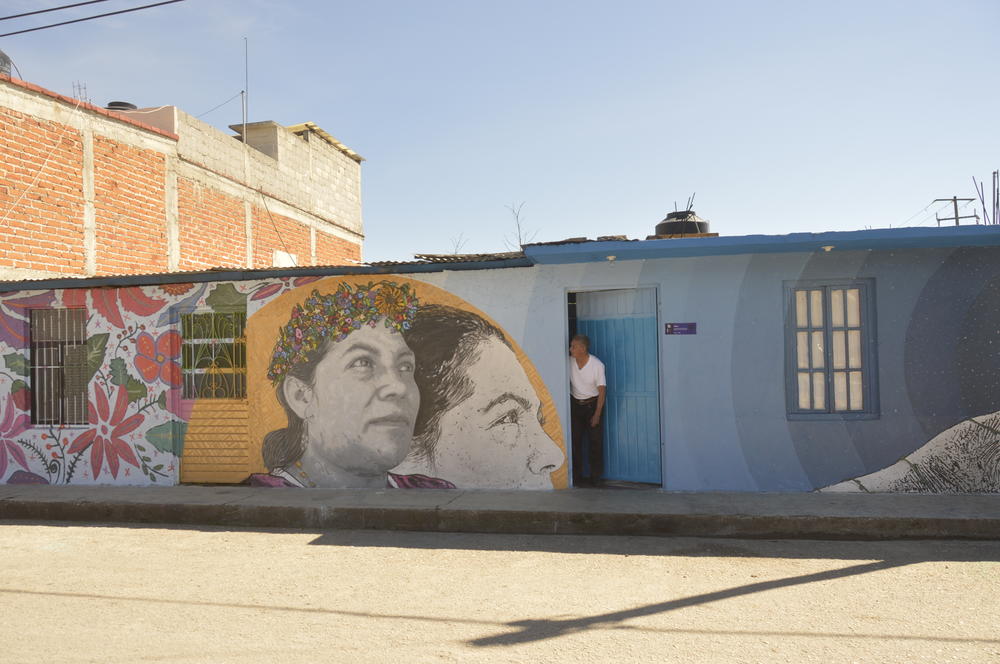Relating to the future implies a projection into the unknown and trying to craft the future by aspiring and anticipating other or new times. Fantasies, desires, wishes and dreams have long stimulated literary creativity and the capacity to aspire – from the first utopia to the contemporary science fiction. Conversely, they have also inspired dystopian visions, expressed in warnings and threats. Projections may have a teleological tendency, as in often religious notions of destiny or providence, or they may reproduce the idea of an open horizon, a belief in boundless progress and growth. In the political sphere, temporalities of the future are manipulated to enhance or deny the urgency of collective matters to be regulated for future well-being or peace. Expectations, for instance, can be artificially diminished and expanded (‘war will break out tomorrow’; ‘climatic change is already here’; ‘economic growth/equality will never come’).
How have projections of the future included culturally and socially heterogeneous populations? What visions have failed to spread through larger parts of populations or to endure for longer periods and why?
Throughout Latin America, family romances of the 19th century were presented as ‘foundational fictions’ and became models for the aspiration of national futures. But literary ideologies also generated regional Latin American projections. For instance, José Enrique Rodó’s essay 'Ariel', dedicated ‘to the youth of America’, gave birth to ‘arielismo’. This trend opposed US materialism with instructions on how to build a (better) Iberian culture in Latin America and became highly influential in cultural production and anti-imperialist movements. At the same time, the manifold avant-garde movements across the continent sought to assert their own cultural identity and enunciate a universal modern culture of the future. As Guatemalan poet Luis Cardoza y Aragón posits in his poem 'Luna Park. Poema instantáneo del siglo XX' in 1924: ‘Whoever is not in the Future, doesn’t exist. The Future started yesterday’. Jorge Luis Borges, likewise opened up new, revisionary perspectives on the literary canon, while presenting integrative concepts of world literature. As García Márquez’s Cien años de soledad perfectly demonstrates, the ‘boom’ authors who participated in the revolutionary activism of the 1960s believed they could change the world with complex literary aesthetics, using a sophisticated overlapping of temporalities.
Projections and expectations also result from the conflict of anticipative temporalities. For economic and social actors, there appears to be an oscillation between risk and uncertainty. For the former, the future is envisaged as a closed horizon, where all possible events are known due to rational expectations and thus calculable. For the latter, the times to come are envisioned as an unwritten, open space. In Latin America, competing temporalities of the future are produced by the simultaneous projection of dependence, growth, and sustainability.
Today in Latin America, globalisation is anticipated as an external threat, which has resulted in preventive measures. Doing away with the modern distinctions between nature and culture enables a better understanding of today’s anticipation of the future and a revision of past futurity.



